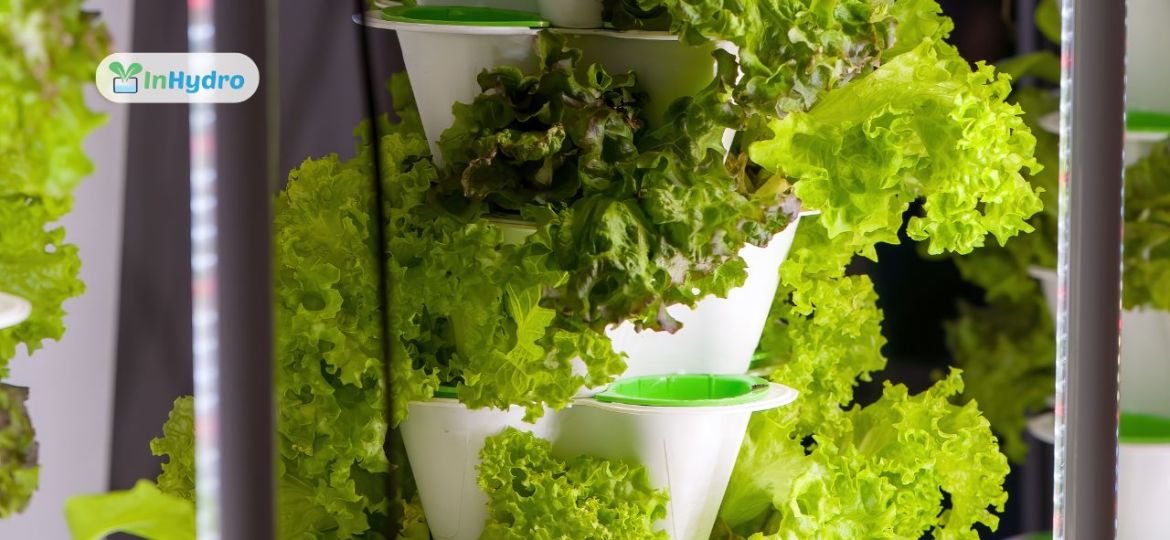
The Benefits of a Vertical Hydroponic System in Urban Farming
Urban farming is becoming increasingly vital in addressing food security, sustainability, and efficient land use in densely populated areas. Among the most innovative solutions is the vertical hydroponic system, a game-changing approach that combines advanced farming techniques with vertical space utilization. This article explores the benefits of vertical hydroponic systems in urban farming and how they are transforming agriculture.
What is a Vertical Hydroponic System?
A vertical hydroponic system is a farming method that grows plants in stacked layers, often within a controlled indoor environment. Using hydroponics farming, this system eliminates the need for soil, relying instead on nutrient-rich water to nourish plants. Vertical farms are particularly suitable for urban settings, where space is limited, and food demand is high.
Key Benefits of Vertical Hydroponic Systems
1. Maximized Space Efficiency
In urban areas, where arable land is scarce, vertical farms offer a practical solution. By utilizing vertical space, these systems allow farmers to grow more crops per square foot compared to traditional farming methods. For instance, a single vertical hydroponic tower can accommodate dozens of plants in a footprint as small as 1 square meter.
2. Reduced Water Usage
Hydroponics farming uses up to 90% less water than conventional soil-based farming. The vertical hydroponic system recirculates water, ensuring minimal wastage, making it an excellent choice for regions with water scarcity or conservation initiatives.
3. Year-Round Production
Unlike outdoor farms that rely on seasonal changes, vertical farms operate in a controlled environment, allowing crops to grow consistently throughout the year. Urban dwellers benefit from a steady supply of fresh, local produce, reducing dependency on imported goods.
4. Improved Crop Quality
Vertical hydroponic systems ensure that crops receive optimal nutrients, light, and water, resulting in higher yields and better-quality produce. This method significantly reduces the risk of pests and diseases, as the controlled environment minimizes exposure to external contaminants.
5. Sustainability in Urban Agriculture
Vertical farms promote sustainable urban agriculture by reducing the need for transportation, packaging, and refrigeration. Locally grown produce from hydroponics farming not only cuts down on carbon emissions but also supports local economies.
Comparison: Vertical Hydroponic Systems vs. Traditional Farming
Aspect | Vertical Hydroponic System | Traditional Farming |
Space Utilization | High (uses vertical stacking) | Low (requires large open fields) |
Water Usage | Minimal (recycled water) | High (significant wastage) |
Crop Yield | Consistent and higher | Seasonal and variable |
Pest Control | Minimal (controlled environment) | Higher risk (outdoor exposure) |
Environmental Impact | Low (sustainable practices) | High (soil depletion, runoff) |
Why InHydro is the Best Choice for Vertical Hydroponic Systems
At InHydro, we specialize in designing and setting up vertical hydroponic systems tailored for urban agriculture. Our solutions are engineered to deliver high efficiency, sustainability, and productivity. Whether you’re starting a home garden or setting up a commercial vertical farm, InHydro offers cutting-edge technology and expert guidance to help you succeed in the evolving world of hydroponics farming.
FAQs
Q: What crops grow best in vertical hydroponic systems?
A: Leafy greens like lettuce, spinach, and kale thrive in vertical hydroponic systems, along with herbs, strawberries, and even certain flowering plants.
Q: Are vertical farms suitable for all climates?
A: Yes! Since vertical farms operate in a controlled environment, they are unaffected by external climate conditions, making them suitable for any region.
Q: Is hydroponics farming expensive to start?
A: While initial setup costs can be high, the long-term benefits, including lower water usage, higher yields, and year-round production, make it a cost-effective solution.
Conclusion
The vertical hydroponic system is more than just a trend in urban agriculture—it is a sustainable solution to meet the growing demands for food in urban areas. With benefits like space efficiency, water conservation, and year-round production, it has the potential to revolutionize the way we grow and consume food.
For premium vertical hydroponic systems, trust InHydro to provide cutting-edge technology and expert support, ensuring your farming success in the urban landscape.

